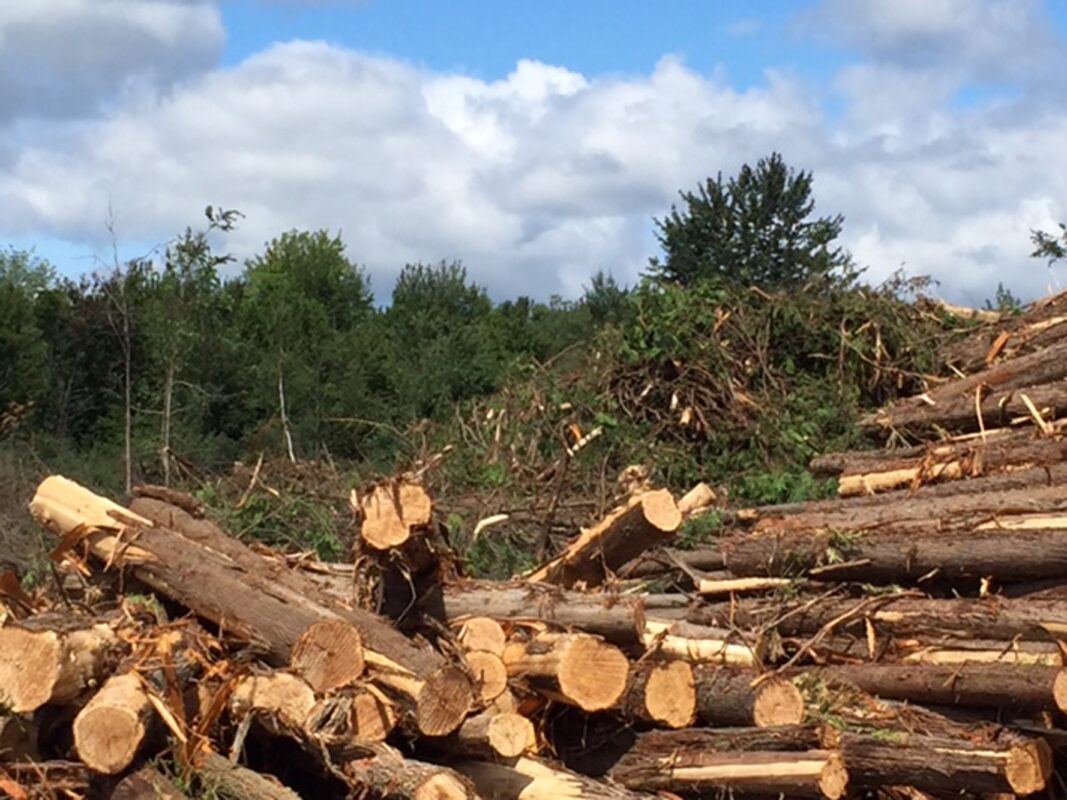After following the evolution of this file over the last year, the Greenspace Alliance of Canada’s Capital has decided to take a position on the development proposal brought forward by Windmill Developments at the Chaudière islands on the Ottawa River. It is a complex situation, involving a respected developer, several levels of government, aboriginal title and land claims, and complicated legal and ownership history, all just below what is arguably to most significant natural feature in the National Capital Region, the Chaudière Falls.
In the midst of such complexity, we have decided to speak for the land, the water and the trees. From a Greenspace Alliance perspective, this is a unique, once in a lifetime opportunity to reclaim this most symbolic and significant greenspace in the heart of the national capital. The proposed development does not align at all with this overall vision.
To advance this position, we have written a letter to the Prime Minister and other elected representatives asking that the current plan be reoriented towards this end. The letter has been co-signed by the Ottawa Valley chapter of the Canadian Parks and Wilderness Society and the Ottawa Field Naturalists Club. You can find the text of the letter here.
Update January 29, 2016: As a result of this letter, Windmill Developments have contacted Greenspace Alliance and the other signatories to explain their position and invite a dialogue. We will await a federal response.
Update April 21, 2016: We followed up, on a day when Douglas Cardinal spoke to the issue at Carleton University:
Prime Minister, Ministers,
Douglas Cardinal this afternoon delivered a powerful lecture, hosted by the Mahatma Gandhi Peace Council of Ottawa. Grandmothers are inviting all people of good will to join in a walk on May 30th.
The vision persists. The issue will not go away.
May we take your non-response to date as an indication that you continue to consider returning the islands to their natural state, instead of seeing it built up, further alienating this sacred site.
“The Chaudière and Albert Islands are in the core of the national capital. Their rededication as a natural area, in recognition of indigenous claims, would be a powerful act of Reconciliation. This special area could become a central gathering place in the capital of Canada, for sharing the diverse natural and cultural stories of the land and its peoples. All of this would symbolize and embody the unfolding idea that is Canada.”
“… all of this can still be done. We ask you to act on this opportunity and make it a gift to the nation at our 150th anniversary.”
We remain hopeful.
Erwin Dreessen
Persons addressed and cc’d were as in the original letter.
Update — September 16, 2016
NCC staff presented an update (4.8 MB) on the Zibi project to the Board of Directors today. Inclusive discussions with Algonquin communities are ongoing.
Update — October 19, 2016
Lindsay Lambert, a historian, wrote a letter to Ellen Fry, ombudsperson for the National Capital Commission, detailing the history of the Chaudière islands. Conclusion: They all remain Crown lands, transfers to the private sector have all been special-purpose leases.
Update June 7, 2017
Both the Ottawa Citizen and Metro report that the government plans to announce a new use for the former US Embassy, namely as an indigenous cultural centre. Erwin sent in a Letter to the Editor, suggesting that a far more meaningful opportunity for Reconciliation remains available.
Update — June 21, 2017 (rev. June 24)
Today, National Aboriginal Day (new name: National Indigenous Peoples Day), Prime Minister Trudeau made it official: The former US Embassy will become an “Indigenous space” for First Nations, the Inuit and the Métis. On the podium with the Prime Minister were Chief Kirby Whiteduck (Pikwakanagan FN), two elders from Kitigan Zibi, National Chief of the AFN Perry Bellegarde, President of the Métis National Council Clément Chartier, and Inuit Tapiriit Kanarami President Natan Obed. Mr. Bellegarde noted that his support for this Indigenous space does not diminish his support for a cultural centre “on the island.” (Source: Gloria Galloway in the Globe & Mail, June 21.) (Go here for a letter Bellegarde sent last July and the PM’s response.)
The pre-announcement earlier in the month had generated quite a few reactions (letters to the editor in the Ottawa Citizen, June 9 (including Erwin’s, minus the sentence naming Zibi), June 16; a Citizen editorial). This did not let up after the announcement: David Reevely, Andrew Cohen, the Indigenous Task Force of the Royal Architectural Institute of Canada, a letter to the Citizen (“Return sacred site to Algonquins”) and Kitigan Zibi Elder Albert Dumont who pointedly referenced the Chaudière Islands as what the Algonquin want. Several comments pointed out the incongruity between the style of the building and the idea of an Indigenous space; a letter to the Globe & Mail suggested the best thing to do now is to tear it down and have Douglas Cardinal come up with a wonderful design.
Besides renaming National Aboriginal Day and announcing a new use for the former embassy, the PM also announced that the Langevin Block (named after Hector-Louis Langevin) would henceforth be named the Office of the Prime Minister and Privy Council. That generated reaction of its own: Romeo Saganash, NDP critic for aboriginal affairs, spoke in the House in Cree, criticizing the choice (National Post, June 21). A letter to the editor in the Globe and Mail suggested that a better choice of name would be that of Dr. Peter Bryce, Canada’s first Medical Officer of Health who was ignored when he warned the government about the tuberculosis crisis in residential schools.

